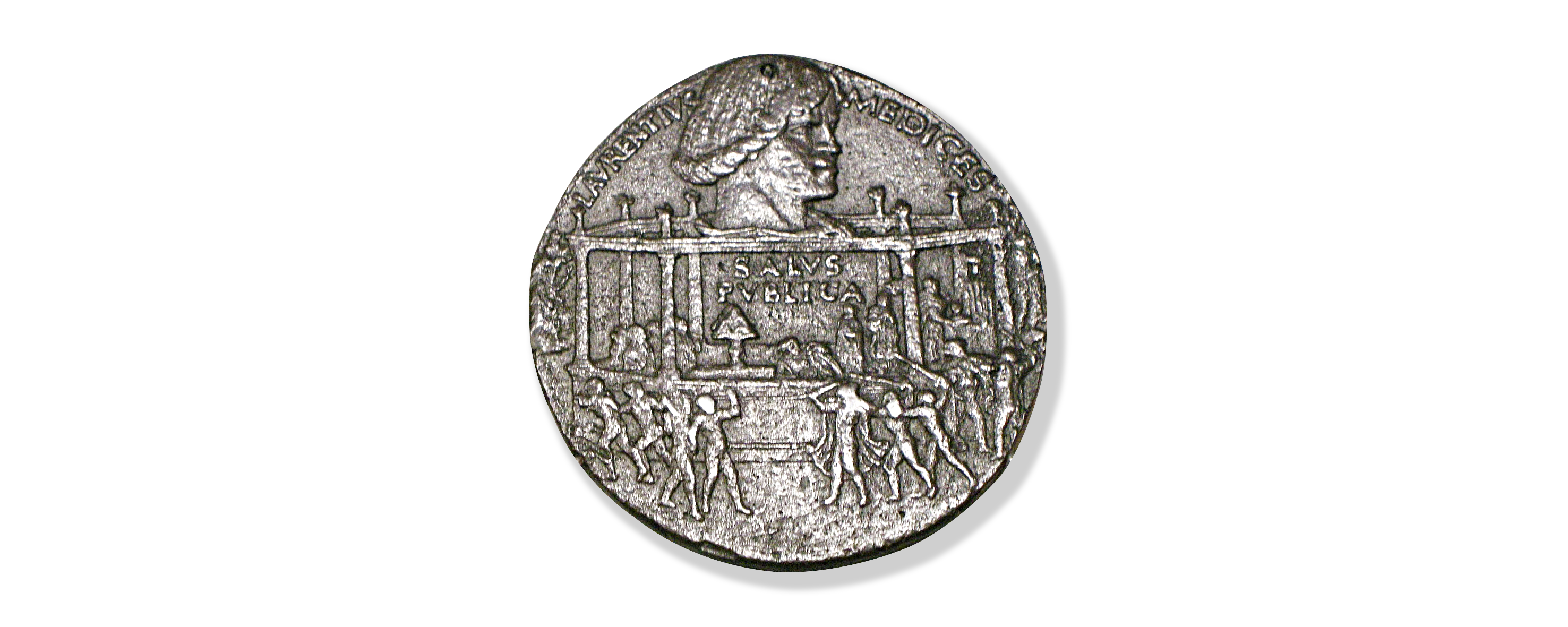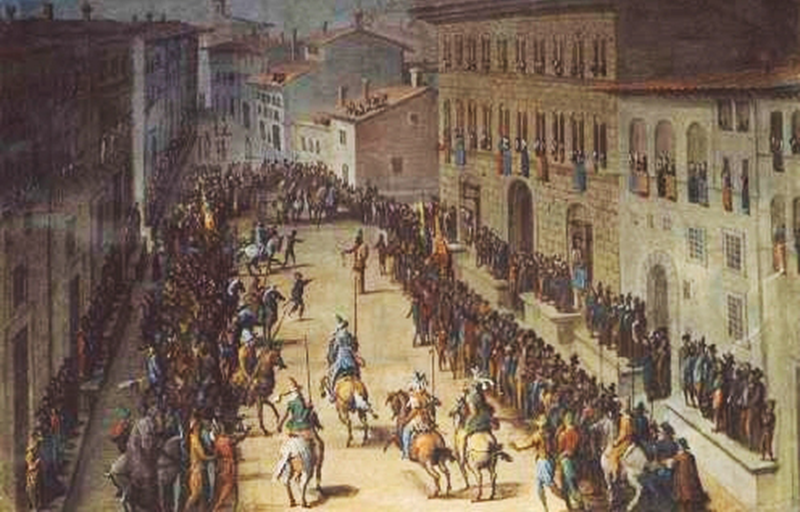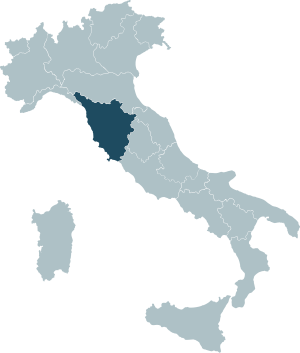
FLORENCE and its history:
The House of MEDICI and PAZZI
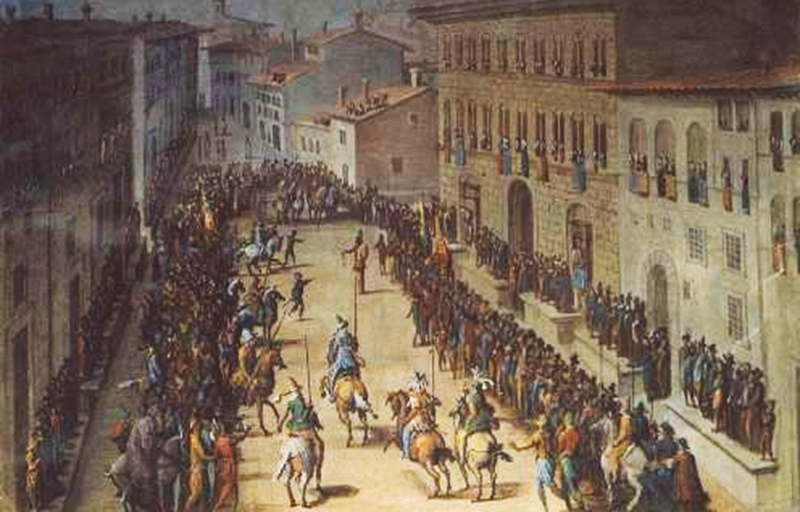
We are in the HISTORICAL PERIOD of the RENAISSANCE in FLORENCE
Renaissance is a phase of rebirth and breaking point between the ancient and the modern, in which, for the first time, awakens a new perception of the individual, now seen as a subject capable of expressing himself and creating independently of classical works. Unlike the previous repressive period of the Middle Ages, man and nature are now the focal points. Although the term Renaissance is more properly used in the artistic field, the break with the past translates into many areas of the Florentine life.
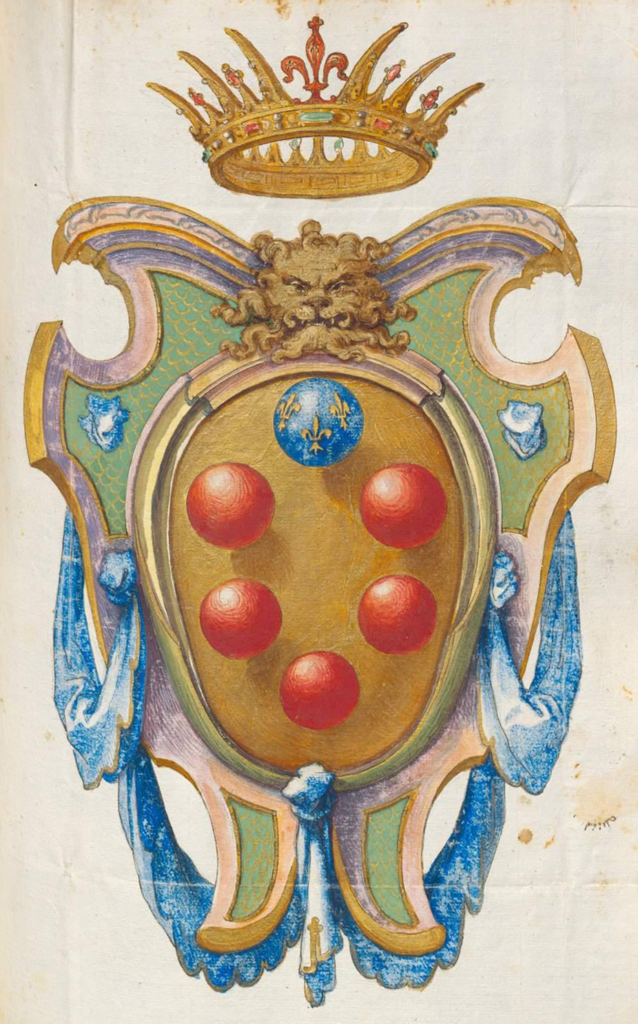
The powerful house of MEDICI has been ruling undisturbed over Florence since 1434. After Lorenzo de’ MEDICI, Cosimo’s nephew, known as “the Magnificent”, and incarnation of the humanist prince,
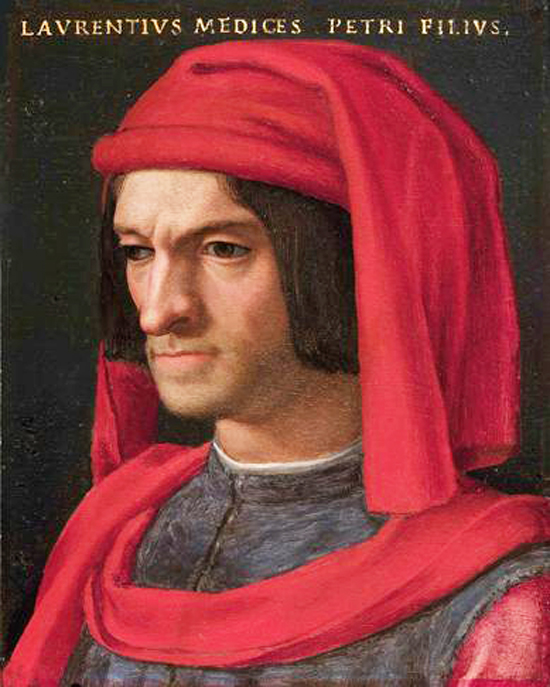
came to power, the MEDICI’s supremacy became one of the main driving forces for the birth and development of the Renaissance: the lords of Florence were treated as sovereigns by the European monarchs and the artistic and cultural life of Florence during the 15th century was a point of reference for all Europe, thanks also to the tireless work of cultural promotion carried out by the Magnificent. Political stability and popular consensus allowed the House of MEDICI to become the bankers of Pope Sixtus IV. However, in 1473 the relations between the noble family and the Papacy cracked also due to Lorenzo’s refusal to lend the Pope the money necessary to buy the fortress-city of Imola, key to the control of the trade route that from the Adriatic crossed the Apennines toward Florence. Pope Sixtus IV then decided to appoint another family as his bankers, the House of PAZZI.
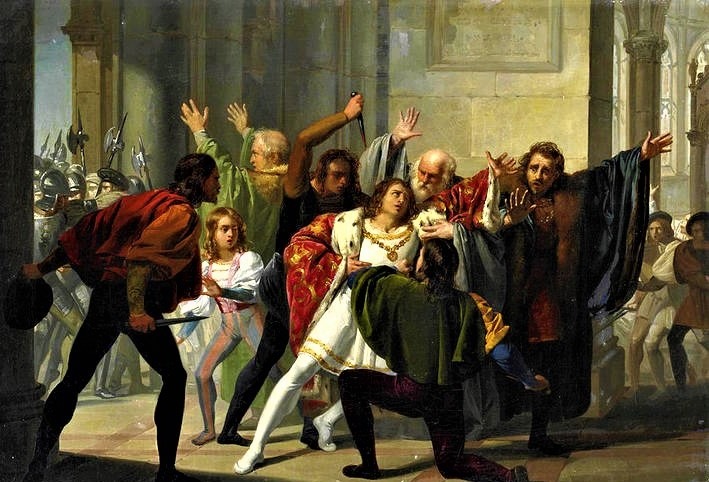
Castello del Trebbio
and the PAZZI CONSPIRACY
The House of PAZZI was originally from Fiesole. Ranieri de’ Pazzi is identified as the predecessor who moved from Fiesole to Florence somewhere around the 11th century.
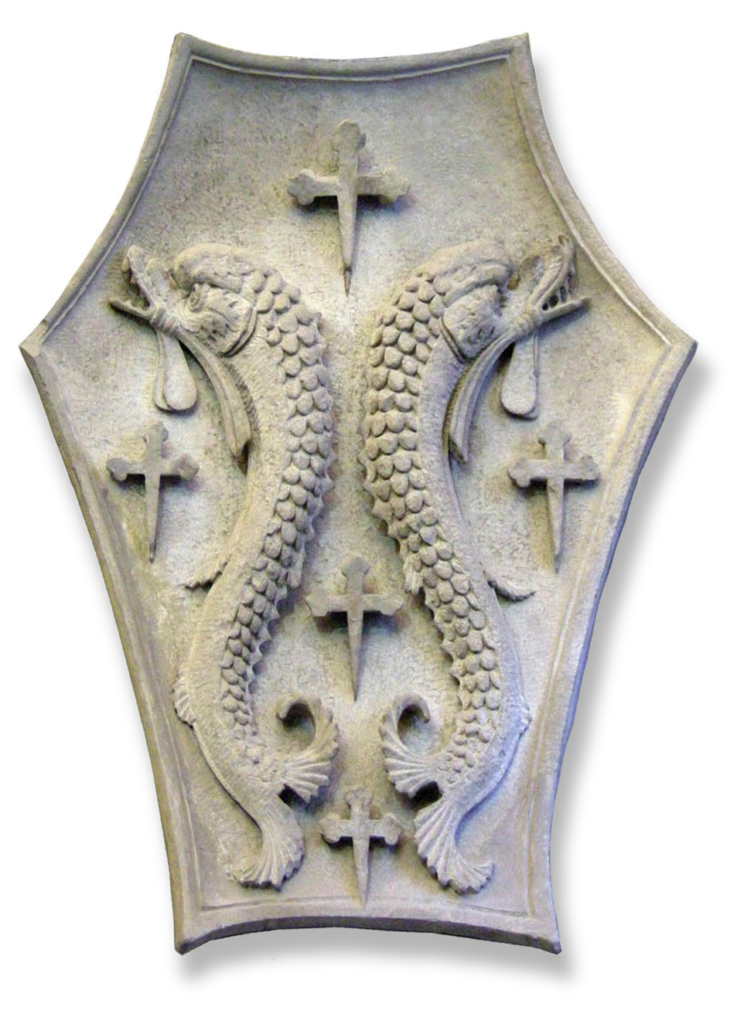
A prominent member of the family was Pazzino de’ Pazzi, a crusader knight who, after taking part in the first crusade, brought back from Jerusalem three fragments of the Holy Sepulcher, still used at present to ignite the spark in the famous Florentine folk tradition of “the Explosion of the Cart”.
Like other Florentine families, the House of PAZZI dedicated themselves to trade and finance, showing considerable skill. This allowed the family to enrich themselves and establish relationships with powerful people and families of the time. To the House of PAZZI, the hegemony of the MEDICI’s brothers Lorenzo and Giuliano represented a threat to their recently achieved economic prestige.
As a result of frequent friction between the two families, inside the rooms of Castello del Trebbio the House of PAZZI, but primarily Jacopo and Francesco, plotted against the MEDICI what is now known as the PAZZI CONSPIRACY, to arrest the Medicean hegemony. On April the 26th, 1478, men paid by the PAZZI attacked Giuliano and his brother Lorenzo in the Cathedral of Santa Maria del Fiore during mass. The first was killed, while Lorenzo the Magnificent escaped the attack.
The conspiracy turned out to be a failure and did nothing but consolidate the MEDICI’s power over Florence. In fact, immediately after the attack, the Florentine people rose up against the conspirators, giving way to a series of vengeful acts against both the PAZZI and the papal power. Guglielmo de’ PAZZI, Lorenzo de ‘MEDICI’s brother-in-law, was the only member of the PAZZI family to be spared and forced into exile. Lorenzo’s fury was then directed towards the Pope, Sixtus IV, thus aggravating the already damaged relationship with the Church. Although being guilty, the Pope always posed as a scandalized innocent, and took advantage of the situation to declare war on Florence. However, the Magnificent was skilled enough to design a diplomatic strategy made up of convincing flattery towards the Pontiff, thus managing to avoid the war.
